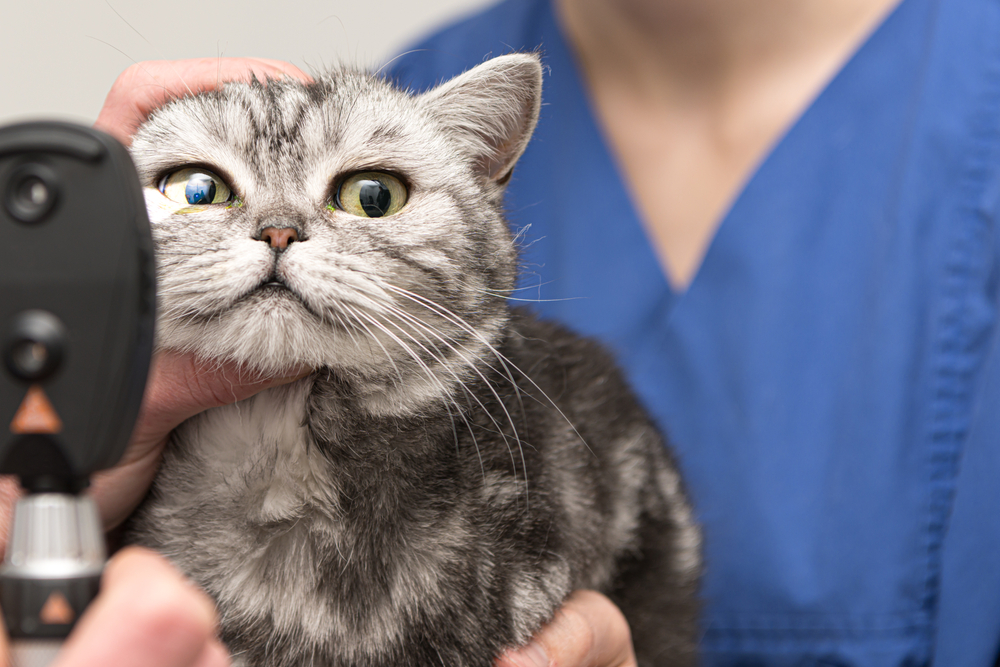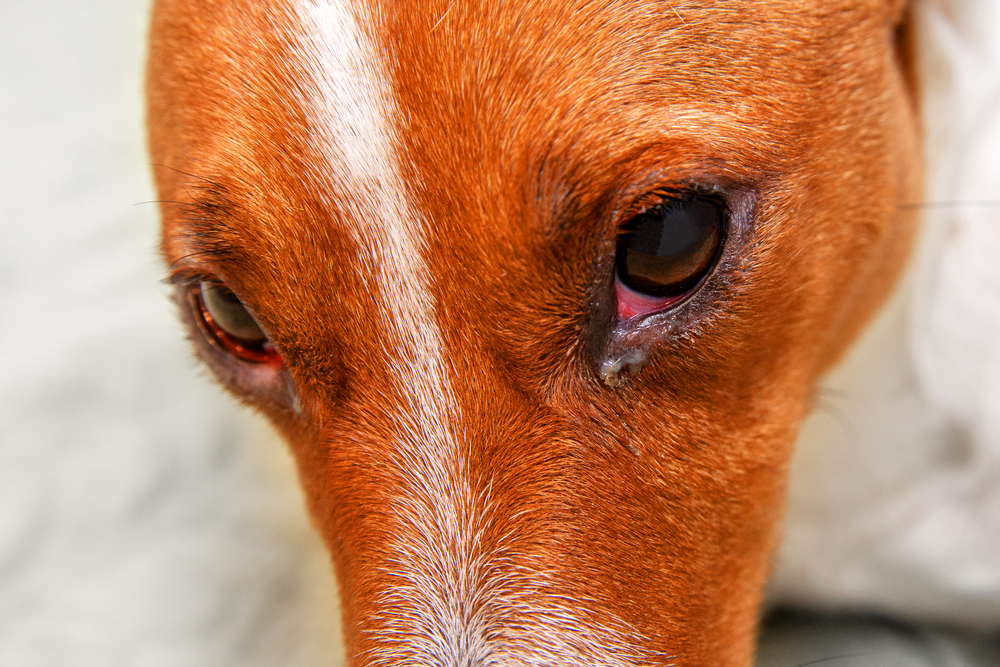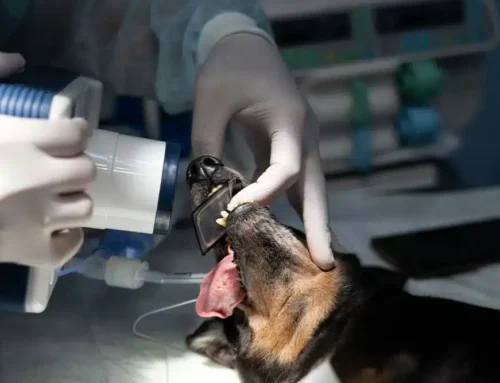You may have the occasional bloodshot eyes from lack of sleep or an allergy, but why would your pet’s eyes be red? Eye redness and inflammation might be something harmless, such as an irritant, but these signs could indicate many other eye conditions. Our Peak Pet Urgent Care team commonly diagnoses and treats eye problems in cats and dogs. Learn about some of the causes and conditions that result in eye redness and how our team treats these issues.
Common causes of eye redness in pets
Eye redness and other eye conditions in pets should always be evaluated by your veterinarian. Any problem with a cat’s or dog’s eyes is considered a possible emergency. When a pet comes in for eye redness or inflammation, we commonly diagnose one of these conditions as being the cause:
- Conjunctivitis — Also known as pink eye, conjunctivitis is a common cause of pets’ red eyes no matter their age or breed. This condition occurs when the mucous membranes over the eye, eyelids, and third eyelid become inflamed. Some possible conjunctivitis causes are allergies, infections, and irritants, among others.
- Dry eye syndrome — Insufficient tear production can lead to dry, red eyes in pets. Causes include distemper, injury, trauma to the area around the tear-producing gland, or weakened immune system. This condition, known as keratoconjunctivitis sicca (KCS), requires veterinary intervention and treatment, usually an artificial tear prescription to keep the eyes moist.
- Corneal ulcers — Corneal ulcers are a result of scratches on the eye’s surface and signs include redness, pain, and discharge. Most often, corneal ulcers result from trauma or foreign objects in the eye, but they can also be caused by bacterial and viral infections or other eye conditions. Medication and sometimes surgery are used to treat corneal ulcers.
- Glaucoma — Increased intraocular pressure within the eye can lead to glaucoma, a condition characterized by redness, pain, and vision changes. Certain breeds are prone to glaucoma because of anatomical eye abnormalities. Surgery is required to relieve intraocular pressure, along with medications to control discomfort, decrease pressure, and promote drainage.
- Uveitis — Inflammation of the uvea, the eye’s middle layer, can cause redness, increased blinking and squinting, eye cloudiness, and pain, among more serious consequences. Uveitis can be secondary to other diseases, such as diabetes, high blood pressure, and corneal ulcers, or the condition can occur independently. Our team treats pets diagnosed with uveitis by prescribing medications that reduce inflammation and infection, and prevent possible blindness.
- Trauma — Dogs are prone to eye injury because they enjoy rowdy, outdoor play. Cats, too, can suffer eye injury, especially cats who get into fights with each other and end up with a scratch to the eye (ouch!). Treatment depends on the injury’s nature but could include medication and corrective surgery.
Red flags: Eye problem signs in pets
Eye issues are usually seen as inflammation on or around the eye(s). Other signs that indicate a problem with your pet’s eyes include:
- Redness — The whites of the eyes may appear pink or red.
- Discharge — Pets with red eyes may have watery or pus-like discharge.
- Squinting or blinking — Pain or discomfort can cause pets to squint or blink excessively.
- Rubbing or scratching around the eyes — If your pet rubs or scratches at their eyes, the condition may be a result of irritation.
- Vision changes — In some cases, red eyes may be accompanied by vision changes or cloudiness, which can manifest as disorientation when they walk.
Evaluating and treating eye redness in pets

Eye redness in pets can be a result of various underlying conditions, ranging from a mild allergy to a serious eye disease. Prompt veterinary evaluation is crucial for determining the cause and appropriate treatment for your four-legged friend. By understanding the causes, signs, and treatment options for red eyes in pets, you help ensure your furry companion receives the care they need to maintain clear, bright eyes and overall well-being. Pets’ common eye condition evaluations and treatments include:
- Complete physical examination
- Your pet’s medical history
- Ocular examination
- Corneal stain
- Gauging intraocular pressure
- Eye dryness evaluation
- Allergy testing
- Surgery
Eye redness and other eye conditions in pets should always be evaluated by your veterinarian. If your pet’s eyes are red or you suspect they have injured their eye, contact our Peak Pet Urgent Care team.







Leave A Comment